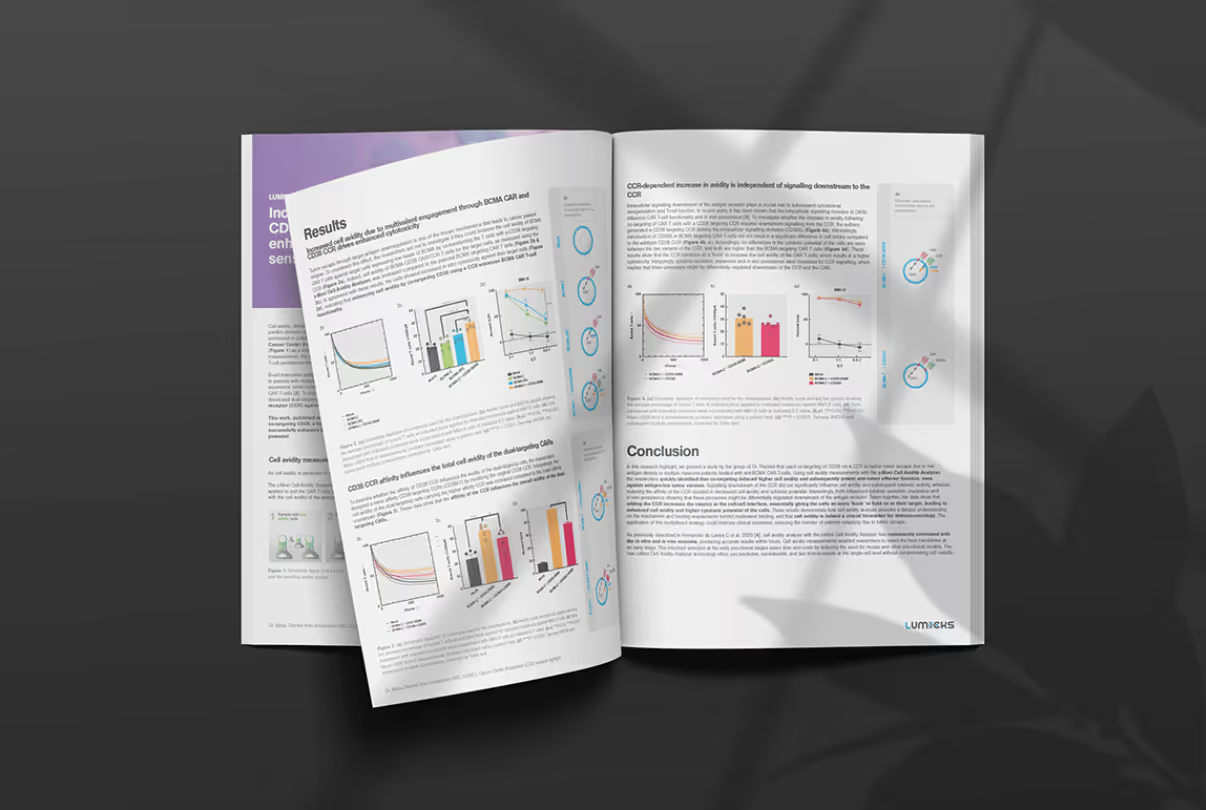A recent publication in PNAS shows how the catalytically inactive alkyltransferase-like protein (ATL) scans and recognizes detrimental DNA alkylation lesions. The C-Trap® with correlated optical tweezers and confocal microscopy enabled researchers to investigate how ATL interacts with DNA to identify alkyl lesions and interact with associated repair proteins.
The findings can assist ongoing and future investigation on the functional characterization of ATL and its catalytically active homolog alkyltransferase ATG. They also provide insights that can be applied to regulate cancer-associated DNA damage repair during chemotherapy.
Congratulations to Dr. Ingrid Tessmer at the University of Würzburg, her lab, and all the authors involved in this work!
To evaluate DNA–protein interactions, the researchers first tethered a DNA molecule between two optically trapped beads. They next introduced the DNA molecule to a microfluidic channel containing quantum dot-conjugated ATL to track the DNA–protein interactions trough kymograph analyses. This real-time single-molecule approach enabled them to track the dynamic properties and interactions of ATL during lesion scanning and recognition.
Based on fluorescence intensity, the team observed that both monomeric and oligomeric ATL rapidly diffuses along the DNA molecule in search of lesions.
The kymograph also revealed how oligomeric ATL recruits prokaryotic nucleotide excision repair (NER) protein UvrA to alkyl lesions and induces its motility on the DNA. According to the observations, the ATL–UvrA complex rapidly slides on undamaged DNA to finally stabilize at alkyl lesion sites.
These findings serve to understand the mechanisms underlying alkyl lesion repair and highlight functional characteristics that extend to highly related repair enzymes, such as AGT.
For more information, read the full article published in PNAS titled “Alkyltransferase-like protein clusters scan DNA rapidly over long distances and recruit NER to alkyl-DNA lesions”.









